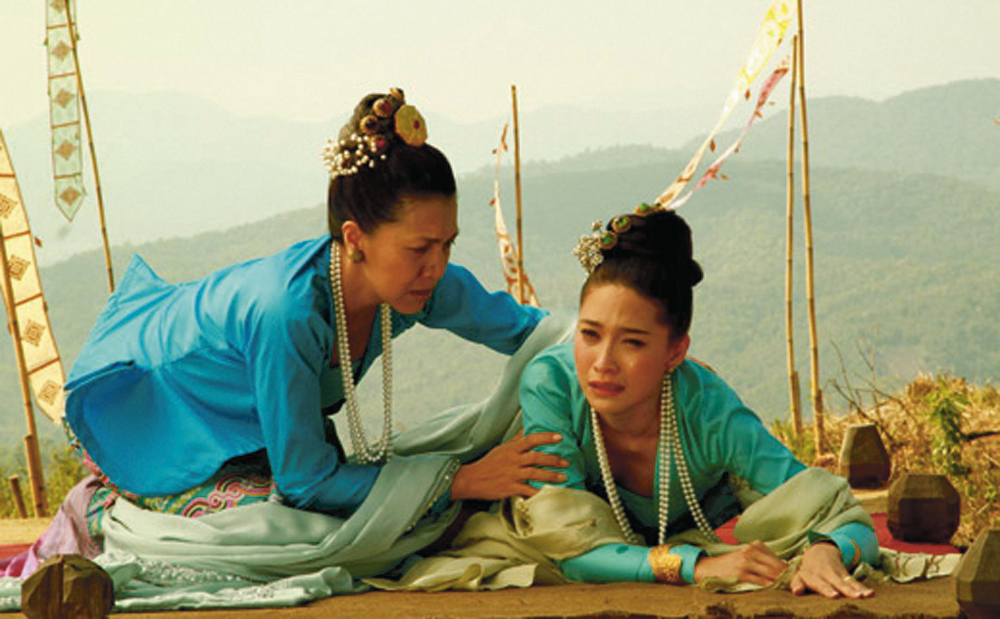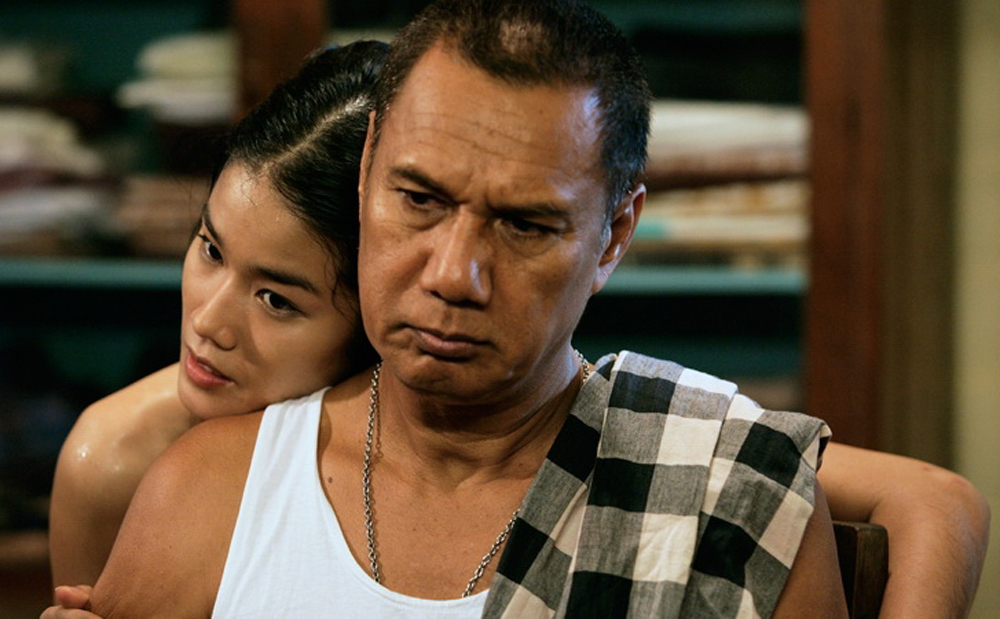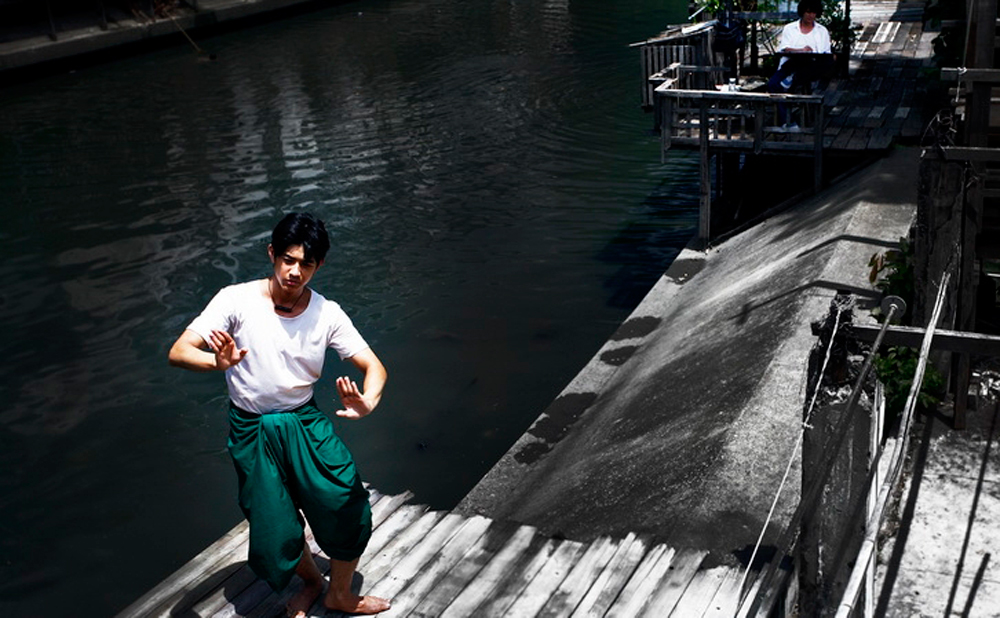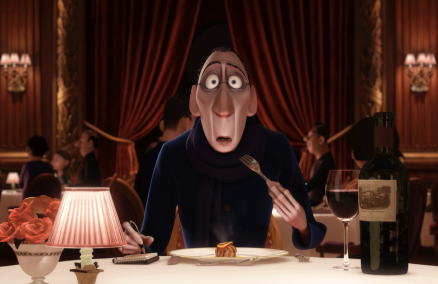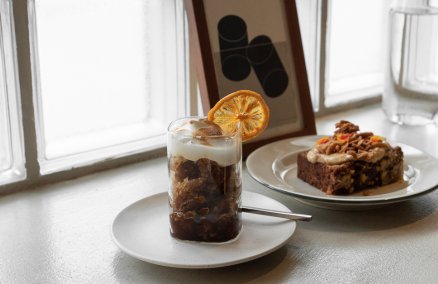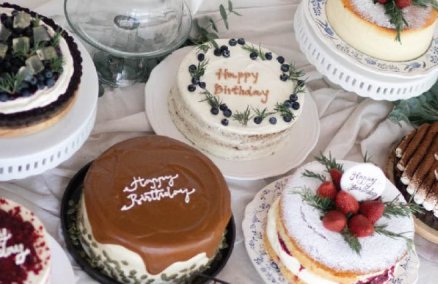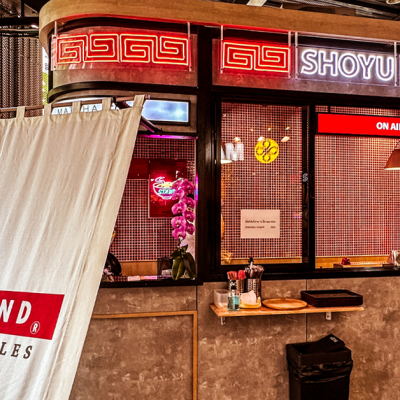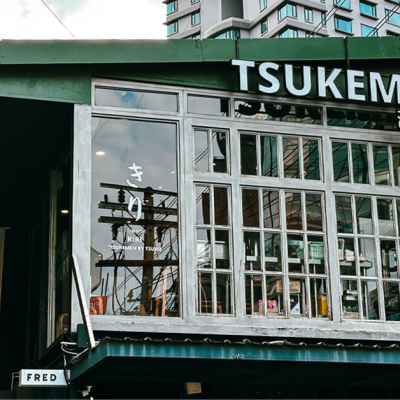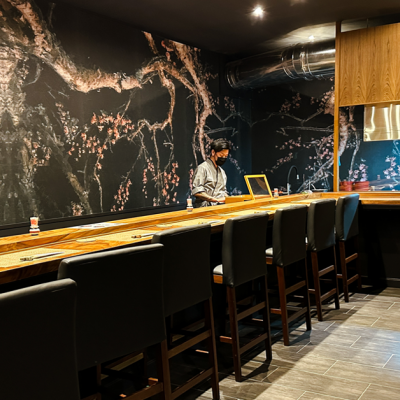Monsoon Valley Muscat
Hua Hin, Thailand. B850 (375ml) from Siam Winery Wine Shop
Many sweet wines are made by stopping the fermentation process before the yeasts have had a chance to consume (and convert into alcohol) all of the sugars in the grape juice. As a result, traditional sweet wines have relatively lower alcohol content than dry wines. That’s not the case with the Monsoon Valley Muscat, which packs a whopping 15% ABV. It’s a fortified wine, which means an extra dose of distilled spirit has been added to bring up the alcohol level and preserve the grape’s natural sugar. It’s also made with the muscat grape, which is known for its strong floral aromas.
Our tasting: One of our favorite things about dessert wines is how much prominence there is in the nose. This wine stays true to the muscat grape, with its strong rose perfume and lychee flavors. The extra dose of alcohol gives it a robust mouthfeel that’s not too acidic, so do pair it with a tart dessert or else it’ll be syrupy.
Batasiolo Moscato Spumante
La Morra, Italy. B490 from ItalAsia
Yes, dessert wines can be sparkling, too. Spumante is a general Italian term for sparkling wines, and Moscato refers to the muscat grape. It’s not as fine as a Champagne or a prosecco, but it’s a good, all-purpose dessert wine for when you don’t have too involved a dessert going on. The bubbles refresh the palate and it’s great to have with fruit or just on its own.
Our tasting: Discerning palates will find the flowery perfume of this sparkling wine a bit soapy, but we largely thought it was cheap and cheerful. The fine bubbles and foam go well with the sweetness—and hey, it is very cheap.
GranMonte Bussaba Chenin Blanc

Khao Yai, Thailand. B490 (375ml) from GranMonte
The 2011 harvest is the first time the folks at GranMonte, who’ve already been rolling out delicious bottles of Chenin Blanc and Shiraz, make a foray into dessert wines; and the Bussaba Sweet Chenin Blanc will be available for purchase in the next couple of weeks. The chenin blanc grapes are left on the vine for a bit later than usual (late harvest) so that the flavors become concentrated and juicy (but not so long, we are assured, that the grapes lose their acidity). With no added liquor or sugar, the Bussaba promises a nose of passionfruit, mango and apple.
Our tasting: A pale, unfortified wine, the Bussaba is low in alcohol and lighter in body than the Monsoon Valley. It’s got a strong fruity aroma that reminds us of lemon candy, and we love that slight bite of acidity in the beginning that’s very important in sweet wines. Enjoy with a dessert like apple crumble.

Castello di Pomino Vin Santo
Tuscany, Italy. B2,599 from Central Wine Cellar
To experience a whole other level of fortified dessert wine, invest in a bottle of this vin santo. There’s a very good reason why this wine is pricier. In like with a traditional type of Italian winemaking, the grapes (a blend of Chardonnay and Trebbiano here) are left on the vine until they’ve shriveled and the sugars are concentrated. The grapes are then picked and hung and dried further. Once pressed, they’re stored in small casks for more than four years. Traditionally had with petit fours and cakes.
Our tasting: Truly special, this vinsanto is worth the money, both sweet and acidic and gradually yielding a variety of aromas and flavors. It looks like a whisky, a soft amber color, and on the nose, it’s baked fruits and autumn spices. Have it with something simple, like nuts, so you can enjoy the full flavors.
Essentials
Central Wine Cellar. G/F Central Chitlom Food Hall, Rama 1 Rd., 02-655-7648/52
GranMonte. 17/8 Sukhumvit Soi 6, 02-653-1522. (Currently only available in Khao Yai, but mention BK Magazine for special consideration.)
Italasia. 1/F, CRC Building, All Seasons Place, 87 Wireless Rd., 02-658-3862
Siam Winery Wine Shop. 74/1 Viphavadee-Rangsit Soi 78, 02-533-5600
